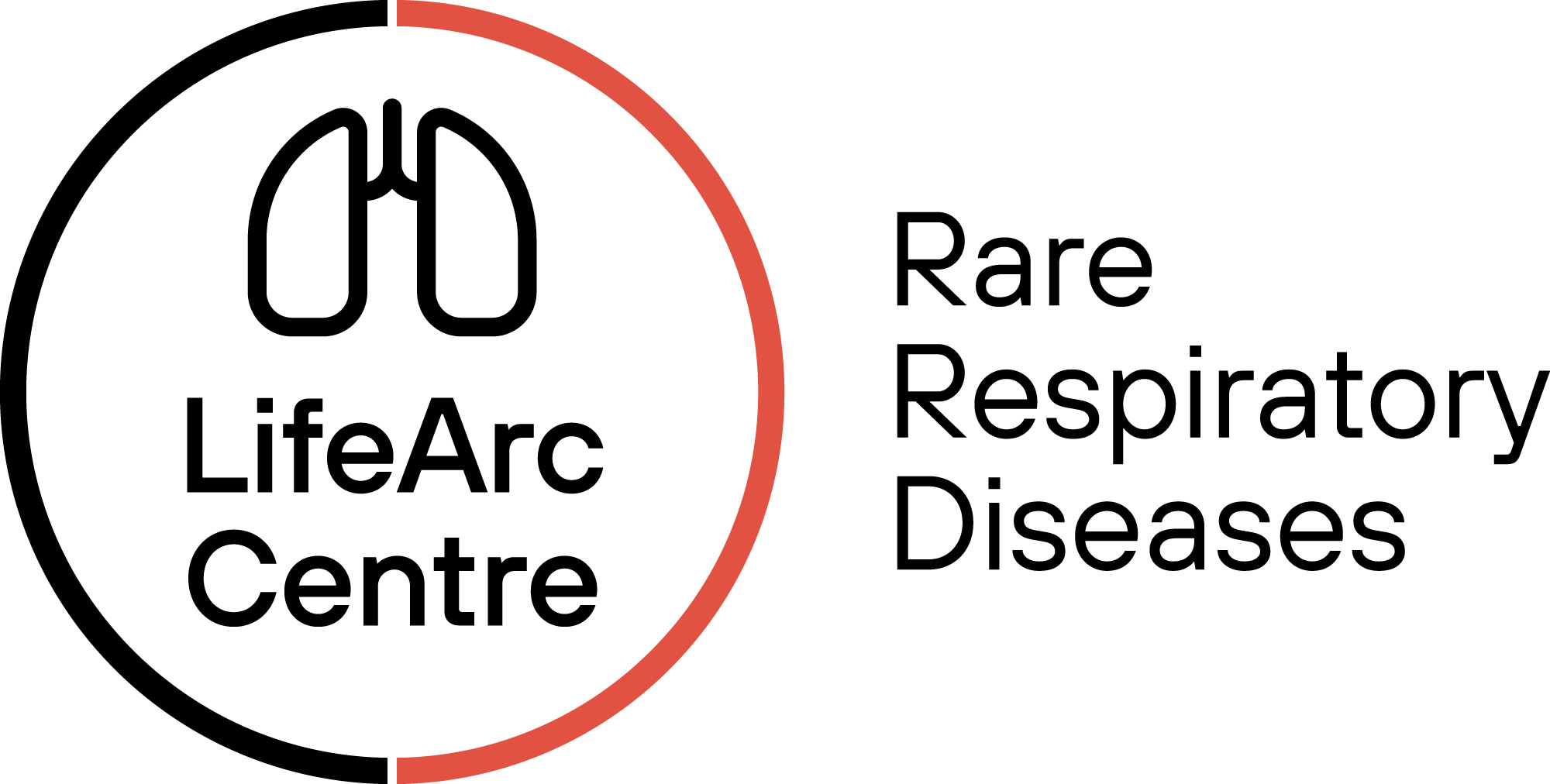Why these diseases?
Our focus initially is on three exemplar rare respiratory diseases because they represent diverse but overlapping challenges seen across many rare respiratory diseases.
Different Ages & Presentations
They span from childhood to adult onset and cover both genetic and sporadic conditions.
Shared Barriers
Each faces similar obstacles in diagnosis, modelling, and treatment — such as long diagnostic journeys and lack of targeted therapies.
Strong Foundations
These diseases already have engaged patient groups, existing data, and early research models – giving us a solid base to build on.
Rare Cystic Lung Diseases (RCLD)
Cystic lung diseases (RCLD) are a group of uncommon conditions where small, air-filled cysts form in the lungs. These cysts gradually replace healthy lung tissue, making it harder to breathe and reducing the lungs’ ability to take in oxygen. In some cases, RCLDs can also affect other organs, especially when linked to genetic or systemic diseases.
Read more
People living with RCLD often face serious health challenges including breathlessness, lung collapse (pneumothorax), an increased risk of lung tumours, and — in some cases — respiratory failure. Many patients also experience significant delays in diagnosis, uncertainty about the course of their condition, and the emotional toll of living with a rare disease. For some, there are implications for family members due to a genetic cause.
Thanks to improved imaging techniques such as high-resolution CT scans, doctors are now better able to detect and classify different forms of RCLD. Making an accurate diagnosis is crucial, as some types have targeted treatments or require screening for related conditions. Others remain so rare that only supportive care is available.
RCLDs range from more well-defined conditions like Birt–Hogg–Dubé syndrome (BHD), lymphangioleiomyomatosis (LAM, which overwhelmingly affects women of childbearing age), Langerhans cell histiocytosis (LCH) and lymphoid interstitial pneumonia (LIP), to ultra-rare “orphan” diseases with limited understanding. Disease severity and progression vary significantly — even between individuals with the same diagnosis.
Treatment
There is no single treatment for RCLD – care depends on the underlying diagnosis. For some diseases, such as LAM, there are specific medications (e.g. mTOR inhibitors like sirolimus) that can slow disease progression. In other cases, treatment is focused on managing symptoms: oxygen therapy, regular imaging, management of pneumothorax, and lifestyle adjustments like avoiding smoking. For those with genetic forms, family screening and genetic counselling may be recommended. Supportive care and specialist monitoring remain essential to improving quality of life and delaying complications
Primary Ciliary Dyskinesia (PCD)
Primary ciliary dyskinesia (PCD) is a rare inherited condition, that affects around 1 in 7,500 people. It’s caused by changes in over 50 genes (mutations) that affect how tiny hair-like structures in the body – called cilia – work.
Read more
Cilia are microscopic hairs that are found throughout the body, including in the airways and sinuses. Here, they beat to clear out secretions and infections. The cilia help move mucus, bacteria, and other particles out of the lungs and other parts of the body. In PCD, the cilia are abnormal and unable to move in the usual way. This means that secretions and infections affect the lungs, sinuses, ears and nose. Cilia are also important for the propulsion of sperm, so fertility is commonly affected as well. When they don’t work properly, it can lead to many chronic lung infections, sinus problems, and other health issues.
So far, changes in around 50 different genes have been linked to PCD. This means the condition can look different from person to person, depending on which gene is affected. About 1 in 20 people carry a single copy of a gene that causes PCD but don’t have the full condition themselves. However, experts are now exploring whether these carriers might have milder or related symptoms – such as difficult-to-treat asthma.
Treatment
There are no dedicated treatments for PCD, and no medications that can stop this decline or restore cilia function. At present the respiratory aspect of PCD is managed by an intensive regimen of daily chest physiotherapy to try to prevent lung function decline. Physiotherapy is supplemented with frequent courses of antibiotics to treat and reduce episodes of pneumonia and reduce the speed of lung function decline. Despite this, some people with PCD will still need a lung transplant.
Rare Interstitial Lung Diseases (RILDs)
Rare interstitial lung diseases (RILDs) are a group of rare uncommon conditions that cause scarring and inflammation in the lung tissue.
Read more
They affect the interstitium — the delicate network of tissue that supports the air sacs in the lungs — and make it harder for oxygen to pass into the bloodstream. While some RILDs are linked to environmental exposures or other diseases, others are genetic or have no known cause. Together, RILDs can affect children and adults, but many forms are only recognised in adulthood, meaning symptoms in younger people can go undiagnosed for years.
Common signs include breathlessness, persistent dry cough, and fatigue. Because these symptoms overlap with other respiratory conditions, diagnosis can be delayed. Over time, lung function may decline as scarring worsens, leading to increasing difficulty with breathing. Some types of RILDs also involve inflammation in other organs, such as the skin or joints.
Researchers are working to understand the genetic basis of these conditions, which include diseases such as surfactant dysfunction disorders, chronic hypersensitivity pneumonitis, and some autoimmune-related ILDs. The way each ILD presents — and how it progresses — can vary widely from person to person.
Treatment
There are currently no cures for rare ILDs, but early diagnosis and specialist care can help slow disease progression. Treatment may include corticosteroids, immunosuppressive medications, or antifibrotic drugs — depending on the specific diagnosis. Oxygen therapy, pulmonary rehabilitation, and, in severe cases, lung transplantation may also be part of care. Because of the complexity and rarity of these diseases, expert centres and registries are key to improving understanding and outcomes.



